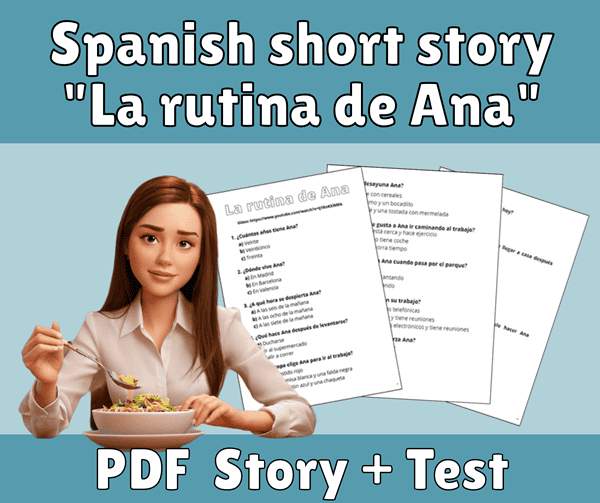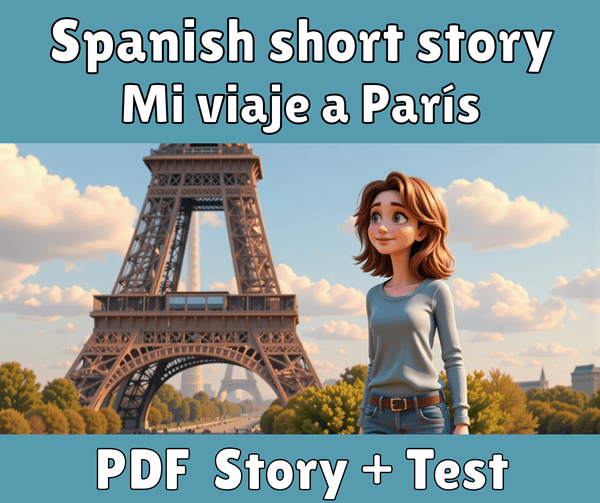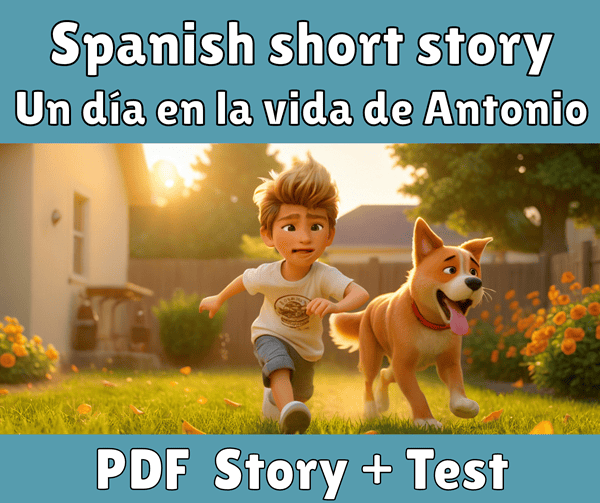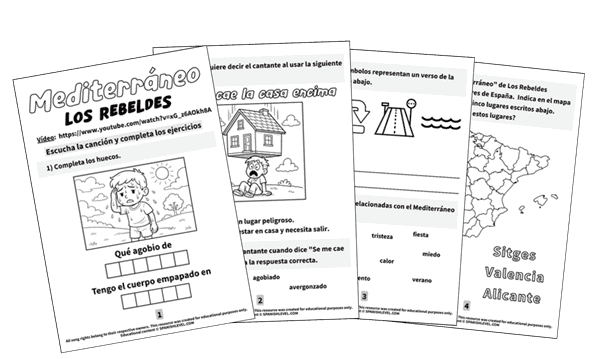If you’re learning Spanish and love real stories about inspiring people, El sueño de Jane Goodall is the perfect place to start. This short Spanish story for beginners and intermediate learners takes you deep into the African forest, following the dream of a young woman who changed how we see animals and ourselves.
In this narrative, you’ll discover how Jane’s curiosity, patience and love for nature led her to one of the most important scientific discoveries of the 20th century. Designed to help you improve your Spanish comprehension, vocabulary and listening skills, this story combines language learning with the wonder of exploration.
Ready to be inspired? Watch the video and follow Jane Goodall’s dream in Spanish.
What you’ll get
To help you enjoy El sueño de Jane Goodall and make the most of your Spanish learning, you’ll find everything you need right here:
- A video telling Jane Goodall’s story in clear Spanish, with and without English subtitles.
- A printable PDF with the full story in Spanish.
- An English translation to read side by side and compare easily.
- A short comprehension quiz with answer key to check your understanding.
This resource is perfect for beginner and intermediate learners who want to learn Spanish through real, inspiring stories.
Below you can find the video and the download links.
Spanish Short Story: El sueño de Jane Goodall
Un lugar secreto, story and test
These are the download links:
[PDF] El sueño de Jane Goodall – Story in Spanish
[PDF] El sueño de Jane Goodall – English story
[PDF] Test about ‘El sueño de Jane Goodall‘
El sueño de Jane Goodall, story in Spanish
En los profundos bosques de África, una joven se sentaba en silencio, observando a un grupo de chimpancés. No era una científica, al menos no todavía. Pero estaba a punto de cambiar la manera en que el mundo entendía a los animales. Su nombre era Jane Goodall.
Jane nació en Inglaterra en 1934. Desde niña, amaba a los animales y soñaba con viajar a África. Sin embargo, en esa época, la mayoría de los científicos eran hombres, y pocas personas creían que una mujer pudiera estudiar animales salvajes. Pero Jane nunca renunció a su sueño.
En 1960, viajó a Tanzania y comenzó a observar a los chimpancés en el Parque Nacional de Gombe. Vivió entre ellos, estudiando su comportamiento durante horas cada día. Entonces, hizo un descubrimiento increíble: ¡los chimpancés usan herramientas! Vio cómo agarraban las ramas, las introducían en montículos de termitas y luego las sacaban cubiertas de insectos para comerlos. Antes de esto, los científicos creían que solo los humanos podían usar herramientas.
Jane también descubrió que los chimpancés tienen emociones. Juegan, se abrazan e incluso sienten tristeza cuando un miembro de su familia muere. Su investigación demostró que los animales se parecen más a los humanos de lo que se pensaba.
Su trabajo cambió la ciencia para siempre. Jane Goodall se convirtió en una de las primatólogas más famosas del mundo. Viajó por el planeta enseñando a las personas sobre la conservación y la protección de la naturaleza.
La historia de Jane nos enseña que la curiosidad, la paciencia y la pasión pueden llevarnos a grandes descubrimientos. Y que, a veces, seguir un sueño puede cambiar el mundo.










